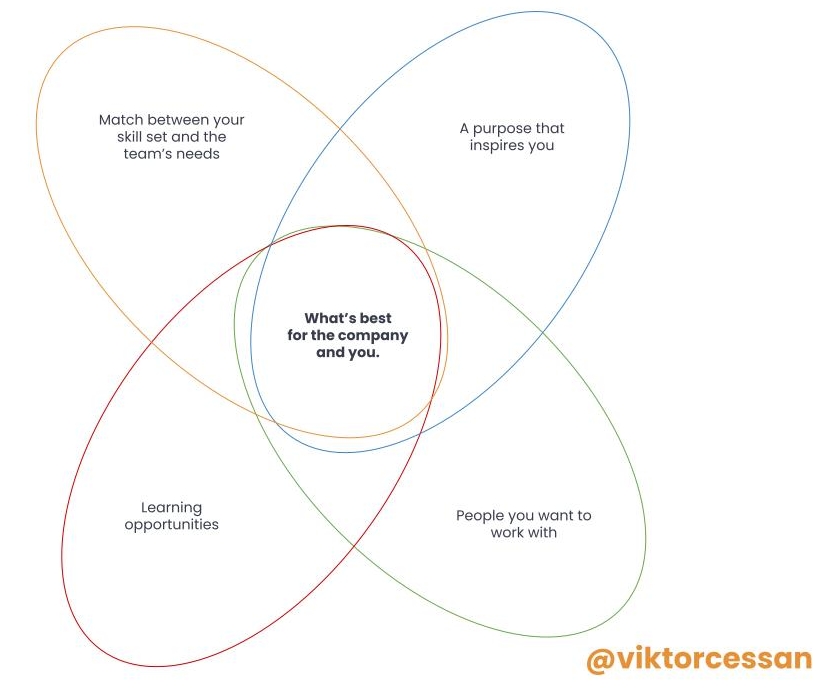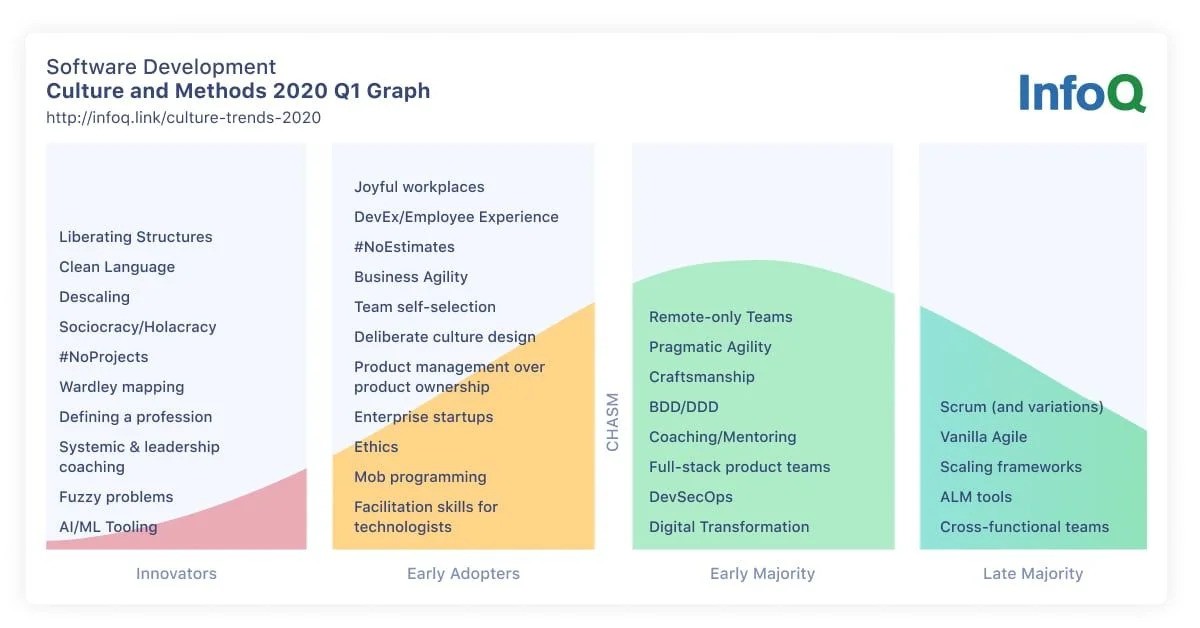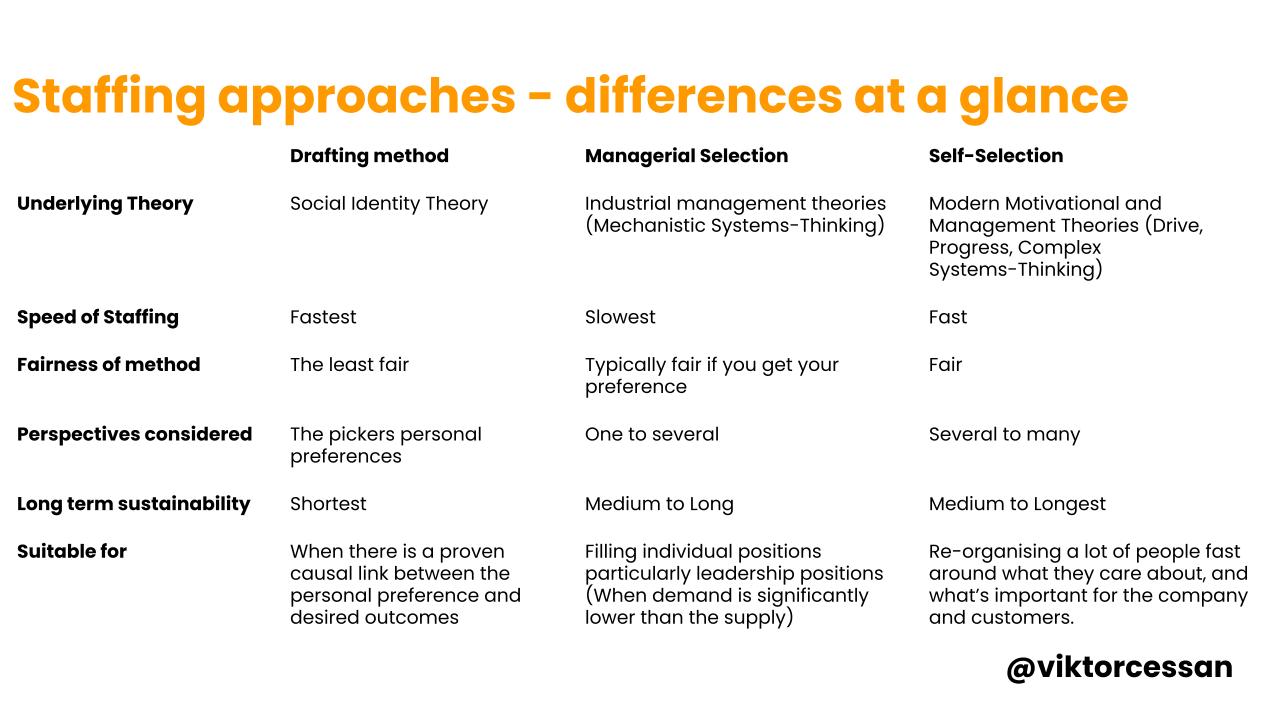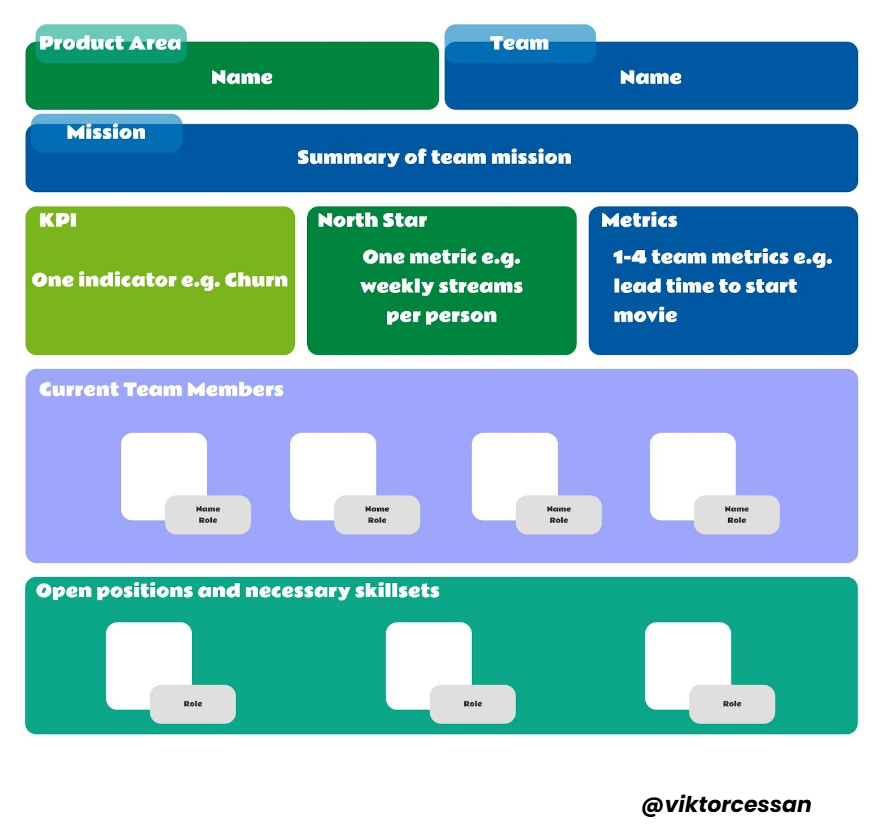Context and Challenge
Following the impact of COVID-19, and shifting consumer behaviors, Viafree, an ad-supported streaming service, saw a natural decline in usage. This, coupled with a strategic reprioritization within NENT (now Viaplay), meant that nearly all teams developing Viafree would be disbanded. The challenge at hand was helping team members transition from the Viafree teams into teams at Viaplay— the company’s other streaming product— in a way that was efficient and ensured alignment with individual skills, motivations, and team needs.
Having seen the positive effects of a recent Self-Selection at Viaplay, the management team wondered if Self-Selection could facilitate the Viafree team members’ transition into Viaplay teams. The twist? Could it be done remotely and only partially, as the Viaplay teams had just self-selected and everyone wanted to minimize disruptions.
Why Self-Selection
The year before, we had reorganized the teams at Viaplay from component and client teams into product teams. At that time, Self-Selection was still an early-adopter pattern in the industry according to InfoQ, but it was gaining traction in Stockholm.
Concerned about how long it would take to staff fifteen teams at the time, and how it might affect team members’ sense of belonging, motivation, performance, and fairness, the management team decided to try Self-Selection as they transitioned from component and client teams to product teams. They also wanted to avoid the top-down approach of assigning people to teams.
Picture showing different staffing approaches, the management team wanted to avoid managerial selection.
Why Partial Self-Selection?
Self-Selections can be quite disruptive. Even though the gains can be significant, the process requires a considerable investment of time and energy—before, during, and after the Self-Selection.
Reluctant to throw away the efforts and energy invested in the new teams, management wanted a sustainable solution for handling both small and medium-sized staffing changes. They posed a valid question: “What do we do whenever someone leaves or joins a team? We can’t run a full Self-Selection every time the team changes.”
Why remote self-selection?
Another challenge was that the shift in priorities occurred alongside the start of lockdowns. People had just begun working from home, and there was low familiarity with remote working tools and remote collaboration norms (it is a bit wild how much has changed in just four years, and that we seem to have forgotten how things were before).
The specific hurdles we had to overcome included:
- No full Self-Selection: A disruptive, organization-wide reshuffling wasn’t an option, as Viaplay had just completed a Self-Selection.
- Remote collaboration: Pre-COVID, most employees were not accustomed to tools like Mural or Miro, which added a learning curve for the teams.
- High motivation for team joining: We needed to ensure that both incoming and existing team members were motivated to work together.
- Avoiding gridlock: In previous Self-Selections, we experienced situations where everyone wanted to join the same team, leading to friction and bottlenecks. This needed to be avoided.
A Tailored Approach to Remote Self-Selection
Given the restrictions of the lockdown and the dread of being stuck in long online meetings, we decided to decompose the Self-Selection process into a series of smaller, focused sessions. This approach minimized time spent in large meetings and enabled participants to absorb information in manageable chunks—spacing helps with cognitive load.
Here’s how we structured the process:
- Background: We shared the news about the shift in priorities and the reallocation of capital from Viafree to Viaplay.
- Introduction to Self-Selection: We introduced Self-Selection as a concept, clearly explaining the process and steps to follow.
- PM pitch session: Product Managers presented their teams’ missions, North Star metrics, technical challenges, and cultural elements.
- Meet the teams: Viafree team members could meet Viaplay team members and Product Managers.
- Tool walkthrough: We conducted a session on how to use Mural effectively.
- Self-Selection event: Finally, we held the Self-Selection event, where participants chose the teams they wanted to join.
By breaking the process down into these stages, we hoped to ensure that each participant had ample time to gather context, ask questions, and make informed decisions.
The Importance of the PM Pitch Session
One crucial element of the Self-Selection process was the PM Pitch Session. Product Managers were given the opportunity to clearly articulate their teams’ missions, challenges, and success metrics. This clarity was essential, not only for attracting the right team members but also for ensuring that new joiners understood what they were committing to.
We worked closely with the PMs to craft compelling pitches. They knew that the better their pitch, the more likely they were to attract motivated and skilled developers, so they put in extra effort. The goal was for each participant to make a decision that aligned with the company’s objectives, the team’s mission, and their personal goals.
For each team that had open positions in the Self-Selection, we created a team charter. The charter contained broad context about the team, including the mission, KPIs, North Star metrics, team members, and open positions. A short walkthrough of both short- and long-term priorities was also mentioned during the PM pitch to ensure participants knew what they’d be working on.
Self-Selection team charter blueprint. Each team had one.
Decision-Making Principles
In previous Self-Selections, we experienced gridlock when team members were highly motivated to join one specific team without having any feasible alternatives. This led to multiple re-iterations during the process.
In our first Self-Selection we elaborated that what “Do what is best for your company“ means is to find the intersection between:
- a team that needs your skillset.
- a mission that inspires you.
- a team and mission with learning opportunities.
- a team with people you want to collaborate with.

To prevent the gridlock issue from happening again, we also asked participants to in advance consider a primary, secondary, and tertiary team choice. We hoped this flexibility would help ensure that the Self-Selection process remained fluid, reducing the likelihood of dissatisfaction or gridlock. During the Self-Selection event, participants could indicate their team preferences with a number alongside their picture.

Self-selection participants got to indicate whether their choice was primary, secondary, or tertiary with a number alongside their picture.
The Outcome
We designed the Self-Selection event to be completed in one hour, though we scheduled two hours to allow for flexibility in case something unexpected happened.

The event was completed in just over an hour, with most participants receiving their primary choice (one received their secondary, and another their tertiary), making it a significant success. The efficiency of the process was a direct result of the thorough preparation and the clarity provided at each stage. The seamless transition from the disbanded Viafree teams to Viaplay allowed staff to quickly integrate and begin collaborating in their new teams.
This remote Self-Selection not only minimized downtime but also reinforced the benefits of the Self-Selection model, even when conducted remotely and partially..
Key Insights
When we first considered doing a partial and remote Self-Selection, there was little guidance on how to make this remote and partial approach work. The outcome speaks to the adaptability of Self-Selection, even when it’s conducted remotely and partially.
The success, for us, came down to three core insights:
- Deliberate preparation drives success: We learned that thorough preparation is even more essential in remote settings than in physical ones. By providing clear team missions, North Star metrics, and detailed context upfront, we enabled participants to make well-informed decisions without relying on face-to-face interaction. The extra effort put into preparing the Product Managers for their pitch sessions, crafting team charters, and familiarizing participants with tools like Mural paid off. These steps minimized confusion and ensured smooth participation throughout the Self-Selection.
- Flexibility and contingency planning prevent bottlenecks: Encouraging participants to think beyond their first-choice teams and consider secondary and tertiary options helped us avoid the gridlock that we saw in our first Self-Selection. This flexibility, combined with decision-making principles that emphasized finding alignment between personal motivations and team needs, allowed the process to flow without any particular friction. It also reinforced the importance of individual preparedness in times of change—being ready for more than one possibility reduces frustration and increases engagement.
- Segmented, bite-sized sessions reduce cognitive overload: Breaking down the Self-Selection into distinct stages was critical to keeping the process focused and efficient, especially in a remote setting where long meetings are draining. By spacing out the information and decision-making sessions, we reduced cognitive load, and provided participants with the space to absorb, reflect, and engage more thoughtfully. I think this segmented approach serves as a valuable model for future remote Self-Selections, where balancing engagement and information flow is essential.
I think the outcomes show how Self-Selection can be adapted to fit more contexts than we’ve read about and seen so far. It’s also evident that it works well both in physical and remote settings, and that it is suitable in partial as well as in full sized Self-Selections. But no matter your context, preparation is crucial.



3 Comments
Pingback:
scott
I’m super curious about this and have a couple questions. Would love if you could respond via email.
1. How did you ensure that all the “best” developers didn’t end up on a single product? Or was that not a concern? I could see where a single PO does a great job of pitching their product, enough that it attracts all the “best” devs…but that would be detrimental to the other products’ long-term success.
2. Clearly you had teams where more than one individual requested an opening. How was the individual chosen for that one opening? Or, how did the individuals decide who gets the opening? This would be relative to any team that had more candidates than openings.
3. The self-selection graphic in the article was difficult to read. Can you provide more detail on the event itself. There are some loop-backs in the process that I don’t quite understand.
Thanks much.
Viktor Cessan
We didn’t have any problem with the concentration of the “best” developers. When we ran the self-selection at Viaplay, the company’s other product the year before, this was a concern and it unfortunately partially played out that way. But I wouldn’t say it was the “best” developers there though. It was rather a concentration of the “most experienced” or “most senior”.
At the previous self-selection, one problem we had was that the most important mission was decided upon very late, and there actually was no product owner until after the self-selection event. This came in so late that people did not have time to fully understand and relate to it. Another problem was that like minded people wanted to work together. So it was more that we saw concentration of like minded people based on the likemindedness rather than the need.
But with Viafree, we didn’t have that problem. I think one reason was that people didn’t know each other, and the seniority of the people in Viafree was quite similar.
The candidates chose what team they joined themselves which is what the self-selection even was about. We asked the individuals to reflect upon those questions i.e.find the three best options for a team that: needs your skillset, has a mission that inspires you, offers learning opportunities, has people you want to collaborate with.
The engineering managers had conversations with the developers prior to the self-selection to ensure people found multiple possible alternatives they liked before the session itself. We hoped this would ensure there was no gridlock. Most people got their first choice. One got their third and was not stoked about it, but it worked.
Extending this question somewhat – how did the management team determine how many positions to open up in each team–through an investment analysis. At Viafree, and Viaplay, they had great insights into their funnel, how teams contributed to ALTV, Activation, Retention, sales etc. And they knew the potential maximum value of each team and thus could make their decision on which investment had the greatest potential return profile.